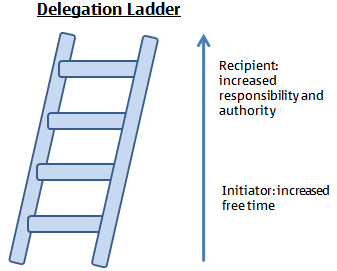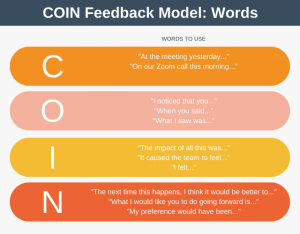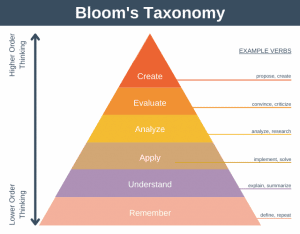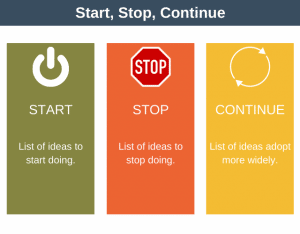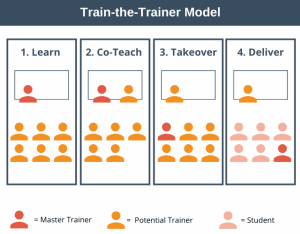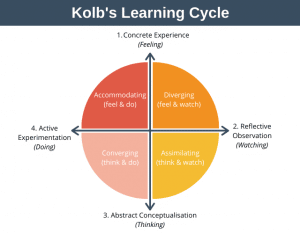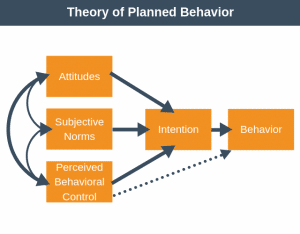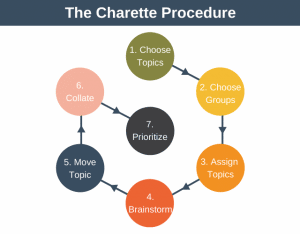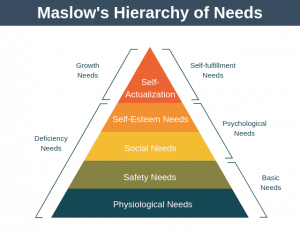The objective of delegation is to get a task done by someone else to save yourself time. As a manager or leader it is also your responsibility to grow the maturity, authority, and capabilities of those within your team. Understanding the different levels of delegation available to you can be a very useful tool in helping to achieve this aim.
By gradually increasing the deligation level over time we can help develop individuals within the team. When we delegate there are a number of ways in which we can do it, each giving the recipient increased freedom. It is common sense to suggest that the most solid and dependent members of your team can be given much more freedom than new and untested members of the team.
You can think of the levels of delegation of being similar to a ladder. New members of the team start at the bottom rung. Over time they earn your trust and you bring them to the next level of deligation. You continue in this way until they reach the maximum level of deligation. If at any time things don’t work out you can bring them back down one or more levels on the delegation ladder as necessary.
You may want to bring even experienced and trusted team members down the ladder if the task is particularly important or business critical. In this instance it is important to communicate your reason for doing so with the indivual to avoid and misunderstandings or bad feelings.
Let’s move on and work through the different levels on the delegation ladder, starting at the bottom rung on the ladder, Level 1. Note that whilst the idea of a delegation ladder has been around for some time I first came across the idea of articulating the levels individually here.
Level 1: “Follow these Instructions”
When you write down a list of instructions you expect to be followed precisely you allow no freedom to the recipient of the task. Writing down instructions in detail also consumes as significant amount of your time.
Level 2: “Look into x and then I’ll decide”
This level is giving the recipient the authority to investigate the problem, but no authority to decide on what course of action to take. It is not clear from the above statement if recommendations or options are to be provided by the recipient.
Level 3: “Look into x and then we’ll decide”
This option gives more responsibility to the recipient as it involves them in the decision making process. It is a good option to use if you are coaching or mentoring a member of the team, as it enables you to discuss the decision options together, and gives the recipient insight into your decision making process.
Level 4: “Look into x and give me your recommendation. Check with me before proceeding”
This is providing the recipient with more authority to analyse the situation, collate the options, and then to make a recommendation. You will provide a final hurdle to clear before they can proceed with their recommendation. You still ultimately will make the final decision.
Level 5: “Email me your decision. Proceed unless I intervene in 24 hours”
This option gives yet more freedom to the recipient and does not necessarily have to involve you at all. However you still have the option to intervene if you so wish.
Level 6: “Investigate, make your decision, and proceed. Let me know your decision and the outcome”
With this option the the recipient of the task has complete freedom to choose and action their solution to the problem. They notify you after the event of their decision and its results.
Level 7: “Investigate, make your decision, and proceed. No need to check with me”
Here the recipient has complete authority and control over the decision made. To use this option you must have a high level of trust in the other person’s ability and competence, especially as their decisions may come back to bite you months later. It may still be useful to use regular 1-to-1 meetings to catch-up with the other person and their progress across key tasks.
Level 8: “This area is now your responsibility”
Here you are handing over long-term responsibility for an area. They will decide how to align with corporate strategic. They will decide what projects are needed and how they will be measured. They will decide on the structure and people needed within their organization. This level of delegation might be associated with handing over to a successor or handing over responsibility for an entire business unit.
Exploring the Ladder
As you move up the delegation latter the recipient gains more freedom, control, and authority. You move them up the ladder as both their maturity and your trust in them grows. From your perspective as the person doing the delegating, each step up the delegation ladder has the benefit of freeing up and releasing more and more of your time.
Obviously, there are many more levels of delegation than those described above – probably as many as there are subtleties in the English language. That is why the real art of delegation is to determine what your own delegation ladder looks like. It may have just 3 rungs, or it may have 15. There is no golden rule or formula, simply choose what feels right for your situation. If you lead a team of seasoned senior executives then you will probably need less rungs on your ladder than if you lead a group with varying degrees of experience and authority.
To avoid any misunderstandings and to avoid issues falling down gaps, it is always good practice to agree explicitly the level of delegation you are giving someone. This needs to be done in the broadest sense and also for individual tasks you are delegating.
Summary
Delegation is something we do to get things done and free up our time, but thinking carefully about how we delegate is something many will not have done. By defining and using a delegation ladder we can improve our delegation skills, our team and people management skills, avoid delegation mistakes, and increase our available time.
